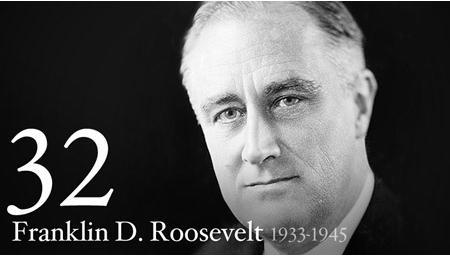American Food and Jewish Taste
by Rachel Rudman, M.A., Reference Services Research Intern, Center for Jewish History
In my first weeks as a research intern, I’ve had the opportunity to begin exploring the various collections housed at the Center for Jewish History. Coming from a background in women’s studies and Jewish studies, I find myself drawn to themes of traditional women’s roles and gendered language. Material on the topic of Jewish food is of particular interest because of its frequent discussion of the Jewish woman in her role as housewife and homemaker. Since the mass immigration of Jews from Europe in the late 19th and early 20th centuries, Jewish American women, like non-Jewish American women, have held the responsibility of shopping for and preparing food that aligned with budget, economy, availability of foods and cultural tastes. Traditional Jewish women, however, faced the additional burden of ensuring that every kitchen and meal adhered to strict standards of Jewish dietary law. The need to achieve a balance between American cultural food standards and keeping kosher resulted in the Jewish American woman becoming quite the creative cook. For example, despite the availability and affordability of pork fat in America, Jewish women had to cook with plant-based fat or fat from kosher animals in order to ensure that their food was kosher.
As we just celebrated Independence Day, it is fitting to consider the many ways in which Jewish and American food cultures have influenced one another. It is clear that as Jewish immigrants entered America, they, like the generations of Jews that followed, incorporated many aspects of American food into their own cuisine. One powerful example of the influence of American food on Jewish taste can be found in the Geffen Papers, located in the American Jewish Historical Society collection at the Center for Jewish History (Call Number P-516, Box 15 Folder 1, Link to the Finding Aid). One folder contains dozens of letters that show the detailed correspondence between Rabbi Tobias Geffen and the Coca-Cola Company in the 1930s. The desire to have the quintessential American soda receive a kosher label from a respected rabbinic authority illustrates the impact of American taste on Jewish consumers. At the same time, the willingness of the Coca-Cola company to make known the details of their product for the purpose of a kosher label also shows the extent to which Jews were accepted in American society.
Another interesting example of the influence of American and Jewish food cultures on one another can be seen in a publication by Manischewitz, a Jewish company best known for their sweet kosher wine. Interested in marketing their most popular product as more than just a beverage for Jewish holidays, Manischewitz published a small book of cocktail recipes, apparently in the 1950s, which features ways to mix Manischewitz wine with other American beverages to produce a more mainstream drink. For example, the “Manischewitz Stinger” instructs readers to mix three parts Manischewitz Blackberry Wine with one part brandy, stir well with ice and serve in a cocktail glass. This recipe book, suggesting ways to mix kosher wine into recognizably American beverages, depicts the desire of a Jewish company to help its customers blend their American and Jewish identities.
The influence of American tastes on Jewish cuisine is not one-sided, and America, too, has been affected by Jewish food culture. The bagel, one of America’s favorite breakfast foods, has roots in the Jewish communities of Poland in the 17th century. I will further explore the history of the bagel and its influence on American food culture in my next post.




